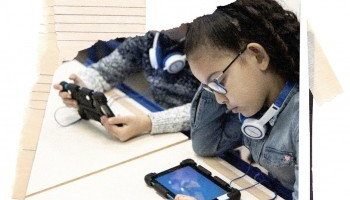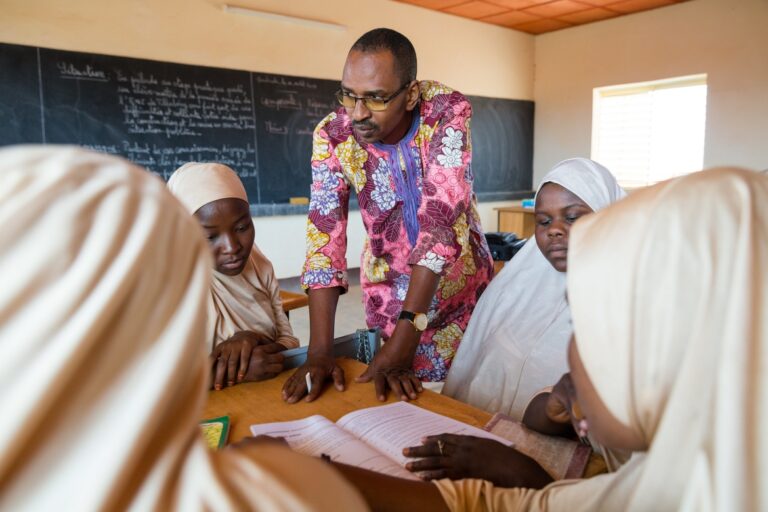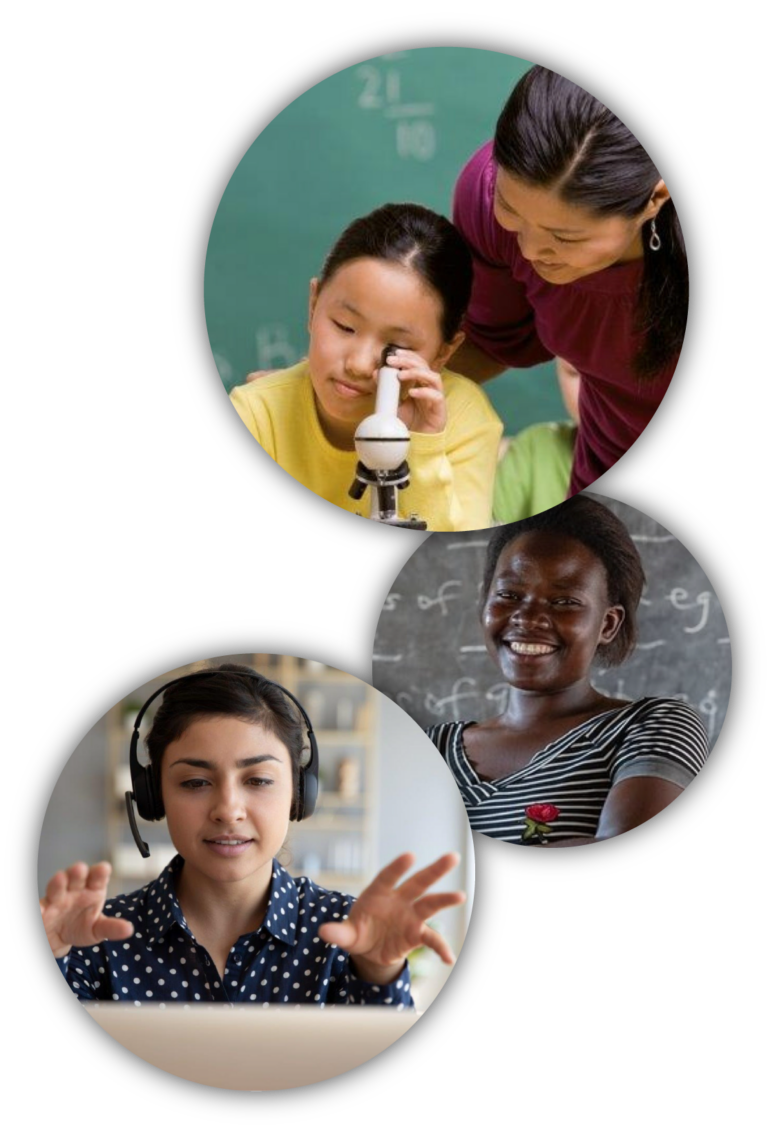Story Source: MIT Technology Review ~ Go to Original Article
In a first grade classroom I visited a few years ago, most of the six-year-olds were using iPads or computers. They were working independently on math problems supposedly geared to their ability, while the teacher worked separately with a small group. I watched as one boy, whom I’ll call Kevin, stared at an iPad screen that directed him to “combine 8 and 3.” A struggling reader (like almost all his classmates), he pressed the “Listen” button. But he still didn’t try to provide an answer.
“Do you know what combine means?” I asked. Finding that he didn’t, I explained it meant “add.” Satisfied that I’d put Kevin on the path to success, I moved on to observe other students—and found their iPads displaying sentences like Round 119 to the nearest ten and Find the area of the following triangle in square units.…………………..



